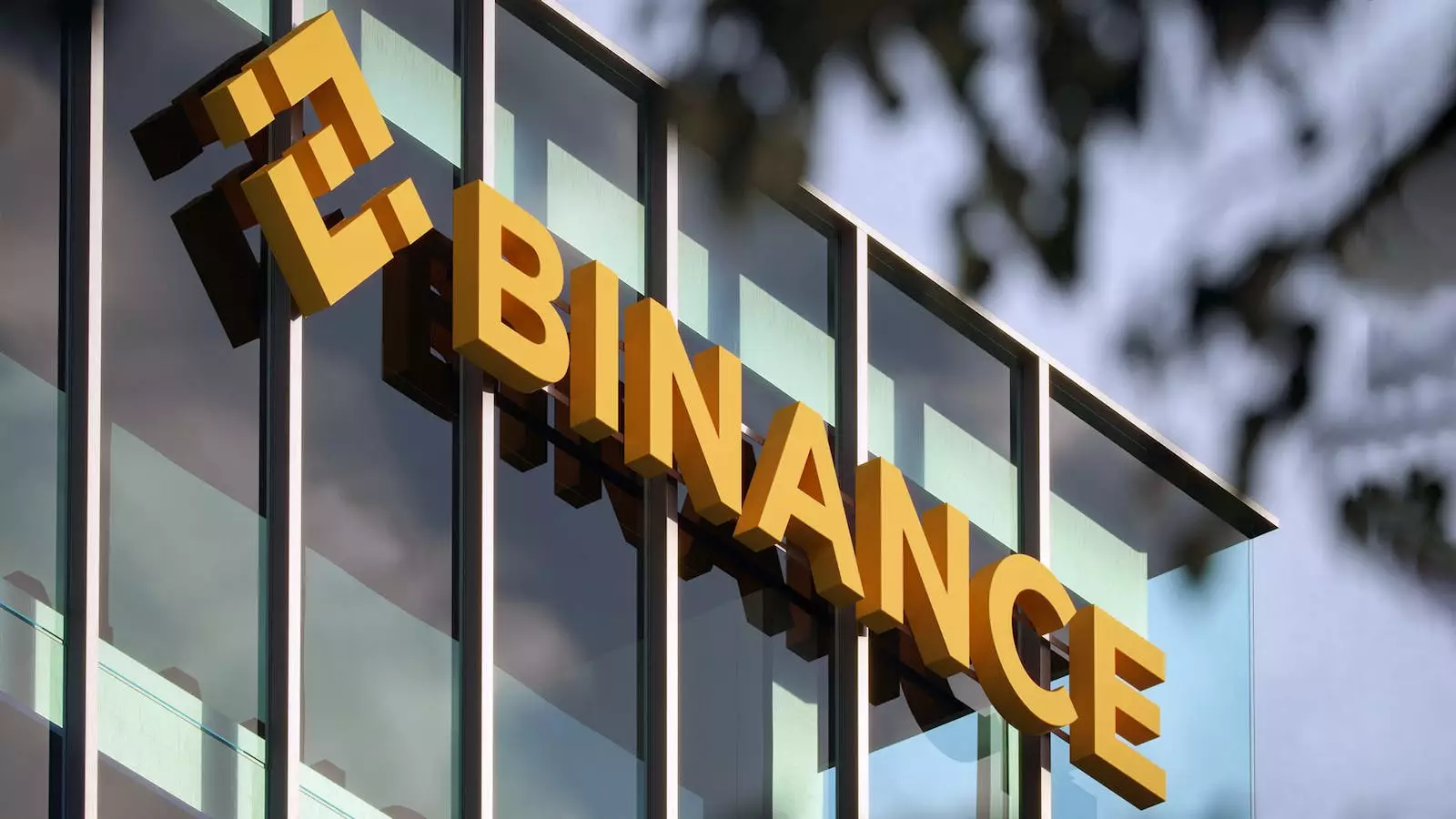Binance, one of the leading cryptocurrency exchanges, recently dropped a bombshell by announcing the suspension of 39 liquidity mining pools. This decision comes after a comprehensive assessment of the platform’s liquidity mining performance. Although Binance claims that this move aims to concentrate liquidity for users and optimize their trading experience, it has generated significant controversy within the crypto community.
Effective September 1, 2023, the 39 liquidity pools listed by Binance will cease operations. This means that users will no longer be able to add liquidity to these pools. However, the liquidity of these pools will remain accessible, ensuring a smooth trading experience for existing users. Additionally, users can redeem and withdraw their assets from the respective pairs before the closing date.
This is not the first time Binance has eliminated liquidity pools. Just two weeks prior, the exchange had already halted 38 pools. Such frequent suspensions raise concerns about Binance’s management practices and decision-making processes. It begs the question of whether these suspensions are necessary or if they reflect deeper issues within the organization.
While Binance grapples with internal challenges, it also faces mounting regulatory pressures. Visa and Mastercard have been gradually severing ties with Binance due to concerns over regulatory actions taken by the US Securities and Exchange Commission (SEC). Among the allegations leveled against Binance is the operation of an unregistered business and misleading investors regarding risk.
Additionally, the US Commodity Futures Trading Commission (CFTC) has lodged multiple charges against Binance for what it calls “willful evasion” of US law. Furthermore, rumors suggest that the US Department of Justice is investigating the exchange for potential fraudulent activities. These regulatory challenges cast a dark shadow over Binance’s reputation and future prospects.
In another blow to Binance, the exchange recently announced that its Binance Card would no longer be available to users in Latin America and the Middle East. This decision has left many questioning Binance’s ability to maintain its products and services within a regulatory framework.
Binance’s decision to suspend 39 liquidity mining pools has sparked intense debate within the crypto industry. While the exchange claims to be optimizing trading experiences for users, critics argue that such frequent suspensions raise concerns about Binance’s management practices. Furthermore, the regulatory pressures it faces, coupled with the withdrawal of support from major payment processors, paints a troubling picture for the future of Binance.
Ultimately, Binance must demonstrate a commitment to transparency, regulatory compliance, and strong corporate governance if it wishes to rebuild trust within the industry. Time will tell whether the exchange can weather the storm and emerge stronger or if this marks the beginning of its decline.

